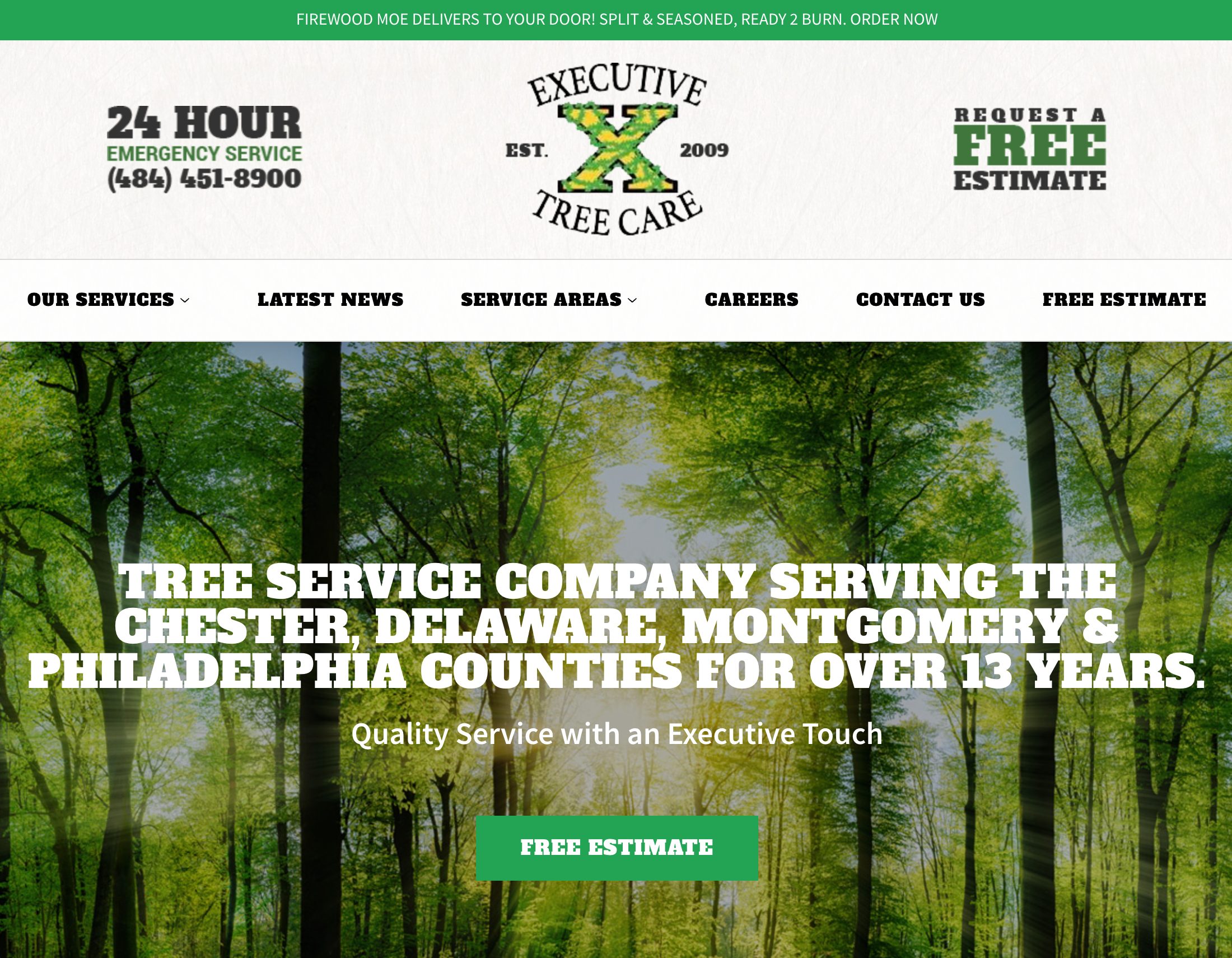As a Digital Marketing Agency in Philadelphia, we know the crucial role that email marketing plays in driving customer engagement, retention, and ultimately, conversions. While often overlooked in favor of social media or search engine marketing, email remains a powerful communication channel that enables businesses to reach a highly targeted audience directly in their inboxes. But how can you ensure that your email marketing campaigns yield the maximum impact and drive the desired results? The key lies in implementing tried and tested best practices that will powerfully resonate with your target audience and effectively lead them to take action.
By adopting these best practices, you’ll create highly engaging email marketing campaigns that successfully connect with your audience, drive meaningful engagement, and support your overall digital marketing strategy.
Ready to take your email marketing game to the next level? Stay tuned as we delve deep into each of these best practices, providing step-by-step guidance and expert advice to help you craft email campaigns that captivate your audience, drive business growth, and boost conversions. Together, we will uncover the secrets of successful email marketing that will empower you to make a tangible impact with your campaigns and achieve lasting success in the digital landscape.
Embark on a journey to email marketing mastery with our comprehensive guide, arming you with essential insights, best practices, and practical tips that will drive optimal results for your business and set you on the path to achieve exceptional success in the competitive world of digital marketing.
Crafting Effective Subject Lines and Compelling Content
The success of your email marketing campaign begins with an attention-grabbing subject line that captures your audience’s interest and compels them to open your email. Once you’ve managed to pique their curiosity, it is crucial to deliver engaging and value-driven content that encourages them to take action. Here’s how you can craft irresistible subject lines and compelling content for your email campaigns:
Keep subject lines concise and to the point, ideally between 30-50 characters. This ensures your subject line remains fully visible, even on mobile devices.
Use power words, numbers, or emojis that invoke curiosity, urgency, or exclusivity, encouraging subscribers to open the email.
Personalize subject lines by including the recipient’s first name or a reference to their recent interactions with your brand.
Craft enticing and relevant preheader text that complements the subject line and offers additional context to spark interest.
Keep your email content concise, skimmable, and visually appealing, using headlines, bullets, or whitespace for easy readability.
Focus on delivering value through informative, entertaining, or engaging content, instead of just promoting your products or services.
Include a clear and compelling call-to-action (CTA) that encourages readers to take the desired action, such as making a purchase or signing up for an event.
By crafting effective subject lines and compelling content, you increase the chances of subscribers opening your email, engaging with your message, and ultimately, taking the desired action.
Maintaining a Healthy Subscriber List and Segmentation Strategies
The quality of your subscriber list plays a vital role in the success of your email marketing campaigns. By maintaining a healthy list and segmenting your subscribers based on relevant criteria, you can deliver targeted, personalized content that resonates with your audience and drives better results. To enhance your subscriber list quality and segmentation:
Implement a double opt-in process to ensure subscribers genuinely want to receive your emails, reducing the likelihood of spam complaints and bounces.
Regularly clean your email list by removing inactive subscribers, hard bounces, and invalid email addresses, improving your sender reputation and deliverability.
Segment your list based on demographic information, geographic location, past purchase behavior, or engagement history, to deliver tailored content that resonates with each subscriber segment.
Continuously test and refine your segmentation criteria, adapting to evolving subscriber preferences, industry trends, or your business objectives.
By maintaining a healthy subscriber list and implementing effective segmentation strategies, you increase the likelihood of reaching interested, engaged recipients with relevant content, driving higher engagement, and conversion rates.
Utilizing Responsive Email Design for Mobile Optimization
With a significant percentage of emails being opened on mobile devices, it’s essential to ensure that your email campaigns are optimized for a seamless mobile experience. By implementing responsive email design, you cater to subscribers on various devices, providing them with an enjoyable and user-friendly experience. To optimize your email campaigns for mobile devices:
Use a responsive email template that automatically adapts to screen sizes on different devices, ensuring consistent formatting and design across platforms.
Optimize images and media for faster loading times on mobile devices, without sacrificing quality.
Use an appropriate font size for easy readability on smaller screens, typically around 14-16 pixels for body text and 22-24 pixels for headlines.
Ensure that buttons and CTAs are large, visually distinct, and easy to tap on a touchscreen, minimizing the likelihood of user frustration or errors.
By utilizing responsive email design, you create a seamless and pleasant experience for your subscribers, regardless of the device they use to interact with your email campaigns.
Understanding Email Analytics and Performance Metrics
Analyzing the performance of your email marketing campaigns is crucial in identifying opportunities for improvement, as well as determining what resonates well with your audience. Familiarize yourself with key email metrics, such as open rate, click-through rate, conversion rate, bounce rate, and unsubscribe rate, and use these insights to optimize your campaigns. To effectively analyze your email campaign performance:
Establish and monitor your email marketing Key Performance Indicators (KPIs) to track the success of your campaigns and align them with your specific goals and objectives.
Utilize your email service provider’s analytics dashboard to gain in-depth insights into each campaign’s performance metrics.
Analyze both quantitative and qualitative data, including reader feedback, to identify trends, preferences, and patterns that can inform and guide your future email marketing initiatives.
By understanding your email analytics and performance metrics, you can make data-backed decisions to enhance your email marketing campaigns, driving greater engagement and conversions.
Conclusion
By implementing these email marketing best practices, you can significantly enhance the effectiveness and impact of your campaigns, fostering stronger connections with your subscribers, driving increased engagement, and boosting conversions. Embrace the power of effective subject lines, compelling content, responsive design, healthy subscriber lists, segmentation strategies, and data-driven insights to level up your email marketing game and achieve exceptional success in the ever-evolving digital marketing landscape.
Take action now and start transforming your email marketing in Philadelphia with Small Talk’s comprehensive guide, equipping you with essential knowledge, tips, and strategies to propel your campaigns towards high-performance results that deliver an unbeatable return on investment for your business.















